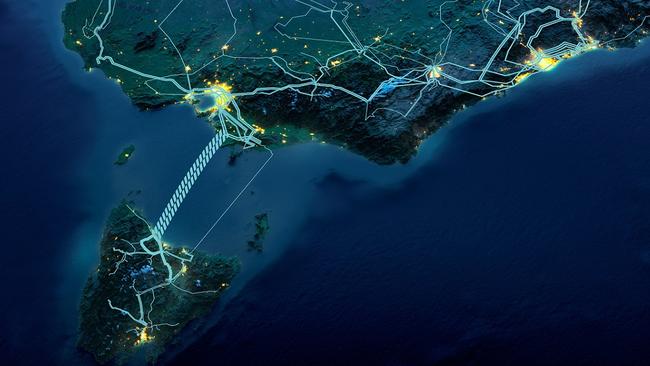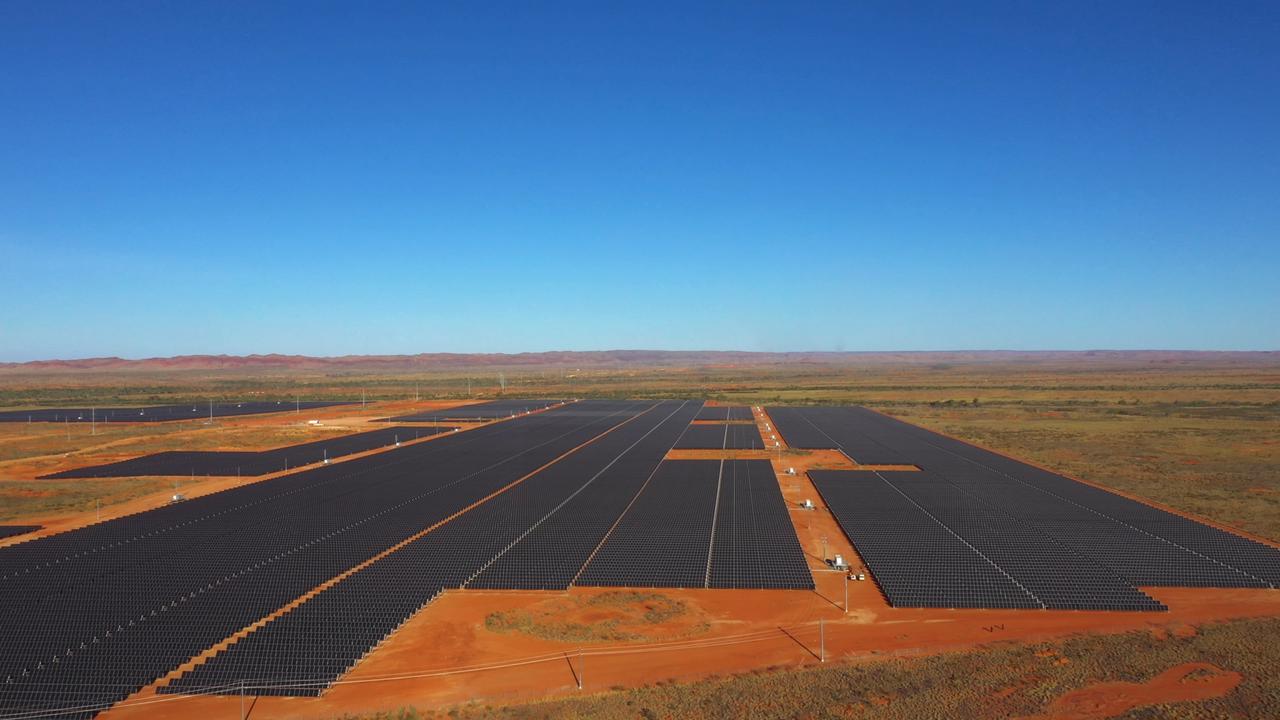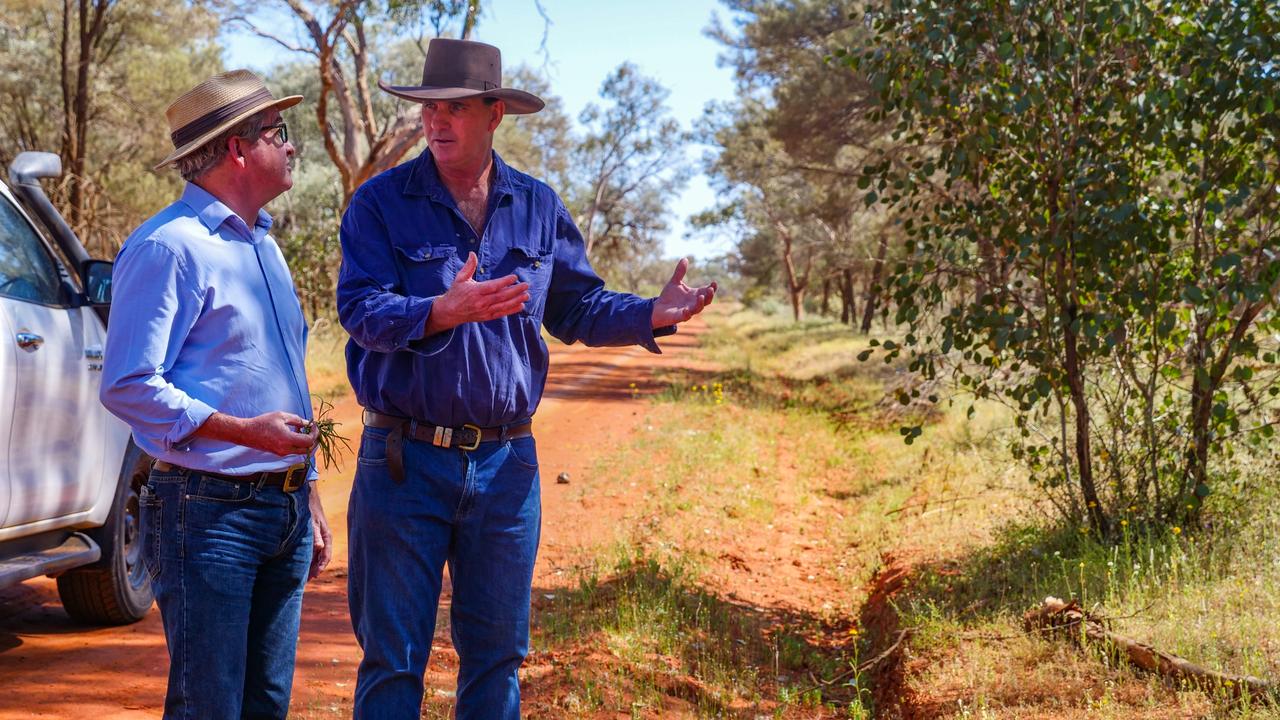Half-size, same price Marinus Link ‘preposterously expensive, unviable’, says energy expert
A bailed-out, scaled-down Marinus Link project agreed between the federal and Tasmanian governments remains ‘preposterously expensive’.

A bailed-out, scaled-down Marinus Link project agreed between the federal and Tasmanian governments remains “preposterously expensive” and financially unviable, a leading energy expert has warned.
The Albanese and Tasmanian governments on the weekend agreed changes to the original plan to build two new cables under Bass Strait.
This followed concern by the Tasmanian Liberal government that a blowout in costs – from an initial estimate of $3.1bn to a reported $5.5bn – created too big a risk for the state’s finances.
The revised project will focus on an initial single cable of 750MW capacity, rather than the original 1500WM via two cables, and reduce Tasmania’s equity from 33 per cent to 17.7 per cent.
As well, Tasmania will have the ability to sell its stake to the federal government after the link is commissioned.
About 80pc of the single cable cost, estimated at between $3bn and $3.3bn, would still come from a concessional loan from the federal government.
Tasmanian Premier Jeremy Rockliff hailed it as a “massive win” for a “visionary” project that would limit his state’s equity cost to $117m or less.
However, Victoria Energy Policy Centre director Bruce Mountain told The Australian the project – now slated to cost roughly its initial estimate but with half the capacity – remained economically flawed.
Professor Mountain said the key unsolved issue was who would pay the “preposterously expensive” ongoing charges to use Marinus.
“That cost of at least $450m a year will need to be recovered from electricity consumers or taxpayers,” he said.
He believed this cost was an insurmountable problem, leading to greater power costs for consumers, unless governments forced the cost on to taxpayers.
“As a 50/50 split with Victoria, and Tasmania’s preferential rates for the three huge Tasmanian consumers, it would increase by a factor of around four the transmission element of the bill for the rest of Tasmania’s customers, which would be something the Tassie electricity consumer couldn’t afford,” he said. “And from Victoria’s point of view, it would add a third to the charge for the usage of the power system, which I cannot imagine a Victorian government agreeing to.”
Professor Mountain said he believed the project did not stack up financially against “far cheaper” battery storage in Victoria, while any growth in Tasmanian generation would most sensibly come from rooftop solar.
State Labor, the Greens and independent state MPs have also expressed concern about the level of debt associated with the project, as well as hydro upgrades and new transmission lines.
Labor energy spokesman Dean Winter said a $600m state liability for the project was in addition to the $1bn to $1.5bn cost of an associated northwest transmission line.
One associated hydro project is estimated to cost a further $1bn.
Energy Minister Guy Barnett said the state was “very confident in this deal”, which is subject to a final investment decision in late 2024. “It will grow our economy, create more jobs, improve energy security and put downward pressure on electricity prices,” he told ABC radio.








To join the conversation, please log in. Don't have an account? Register
Join the conversation, you are commenting as Logout